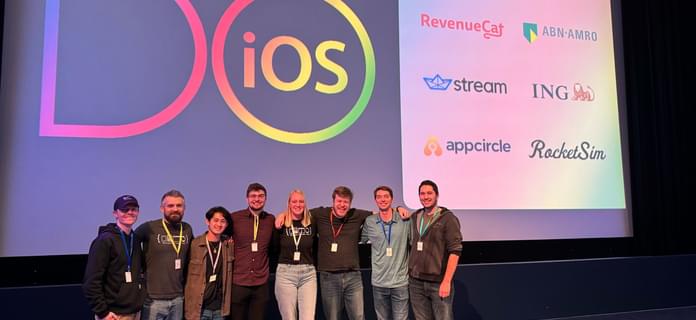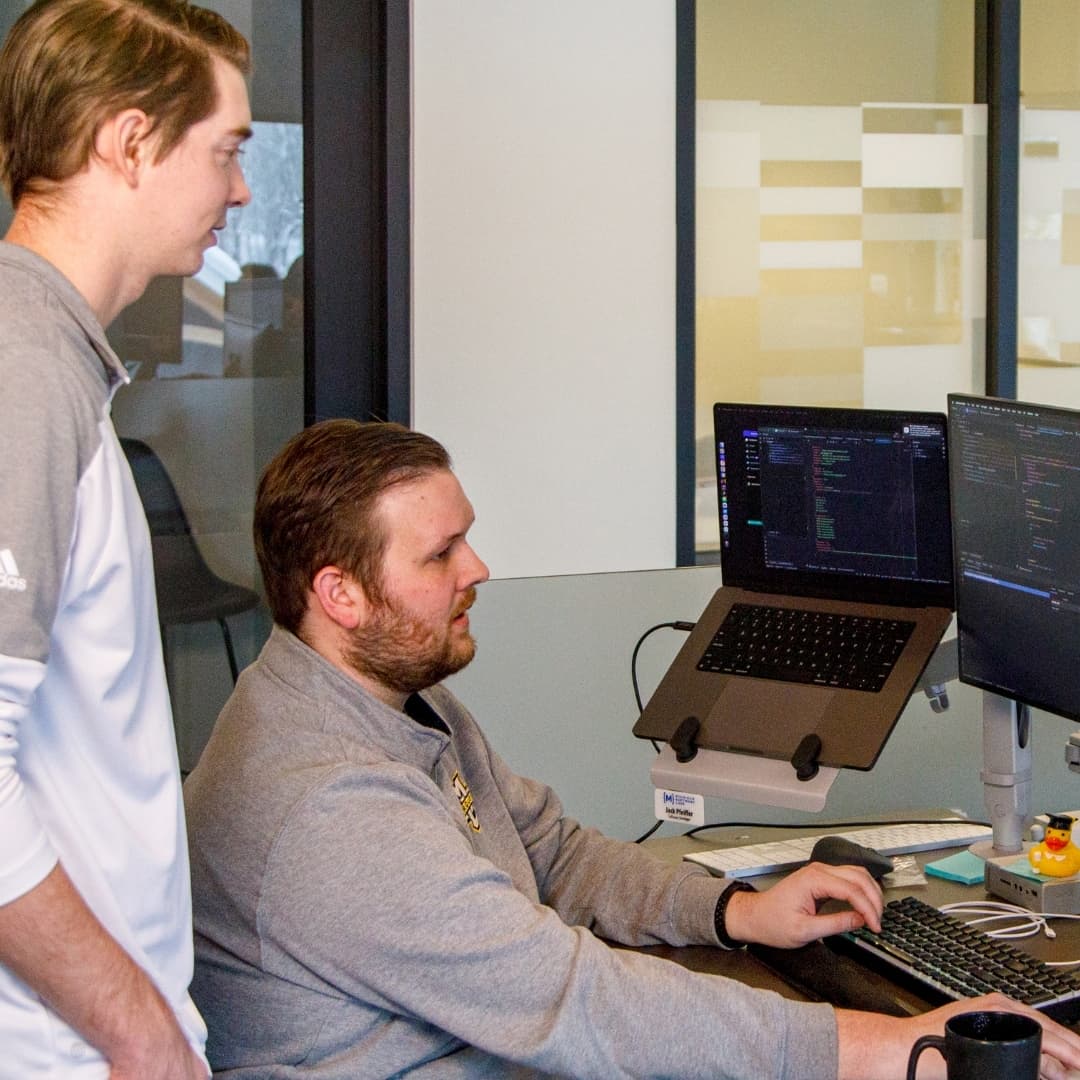
At Michigan Software Labs, we focus on building superior user experiences (UX) for our clients and their customers. While there are countless ways to define the UX design process, this one stands out: “Design is the process design teams use to create products that provide meaningful and relevant experiences to users.” This all-encompassing process includes everything from branding and usability to accessibility and function.
To break the UX process down further, there are three basic P’s to keep in mind: People, Product, and Process. Let’s start with the first.
The Product
For a product to succeed, it needs to be attractive and easy to use. We avoid a “beauty for beauty’s sake” design mentality in favor of simplicity and substance and simplicity. To get there, we believe the UX and software development processes should almost always go hand in hand.
At MichiganLabs this means:
- Understanding our clients’ priorities first
- Soliciting user feedback
- Designing in a manner that optimizes the software implementation process
- Employing, and often exceeding, UX design standards
- Supporting and helping clients understand how the product will evolve over time
The Process
There’s no substitute for a buttoned-up UX design process. At MichiganLabs, we follow these steps:
- Once we understand what success looks like for the product owner(s), we write user stories and/or gather design requirements
- Create wireframes or low-fidelity designs, if needed
- Seek user-feedback at all stages
- Begin the high-fidelity design process
- Follow an iterative, Agile process to get ongoing feedback from users and product owners
- Make updates based on user and developer feedback
Note that design isn’t simply “handed off” to the development team — it is a living, continual process of updating. While design is a means to an end product, it’s doesn’t necessarily mirror the final product. Rather, it offers a useful path.
To better understand that path, here are 6 Lean UX process stages we tend to follow:
- Solve problems together: Ensure every member of your team is present during brainstorming for new projects.
- Give your teams problems to solve, not solutions to implement. The outcome will be a far more efficient and productive team creating higher quality products and experiences.
- Sketch: Introduce the team to sketching in order to help them visualize their ideas and come to a consensus.
- Prototype: Get to a product experience as quickly as possible. Use prototypes of varying fidelities to get a sense of what your product’s experience will be and validate that with customers to ensure you’re headed down the right path.
- Pair your developers and designers: Have developers and designers pair up to create the user interfaces. Each will learn from the other and build the trust necessary for greater team collaboration and productivity.
- Create a style guide: Codify your design elements in pattern libraries and code repositories so creating new pages and workflows in your product is as easy as picking the pieces from the style guide. It also allows the team to quickly piece together experiences for prototypes and empowers your developers to build interfaces without constant review with the UX designer.
The People
The process and final product are only as good as the people working on it. To maximize results, we define the design and delivery lead roles a bit differently than other companies:
- A UX designer pairs with a delivery lead on every project
- The delivery lead works closely with the product owner(s) and software developers, while the UX designer offers technical support
- The UX designer uses research to understand the user and the problem to be solved. This includes client strategy sessions.
- The UX designer also stewards the design process. This means using appropriate fonts, branding elements, colors, accessibility, and more.
Continually learning
A strong UX process is highly adaptable, never rigid. Agile and iterative in nature, it is capable of new learnings and creative solutions not only between, but also within, each project we undertake. The end result is design that is usable, accessible, and attractive.
For more UX thinking from our team, check out this accessibility post by Iulia Rontu.
Looking for more like this?
Sign up for our monthly newsletter to receive helpful articles, case studies, and stories from our team.

Product Strategy
November 22, 2022A look at Product Strategy at MichiganLabs. Why we do it, what it is, what it is not, and how we approach it.
Read more


